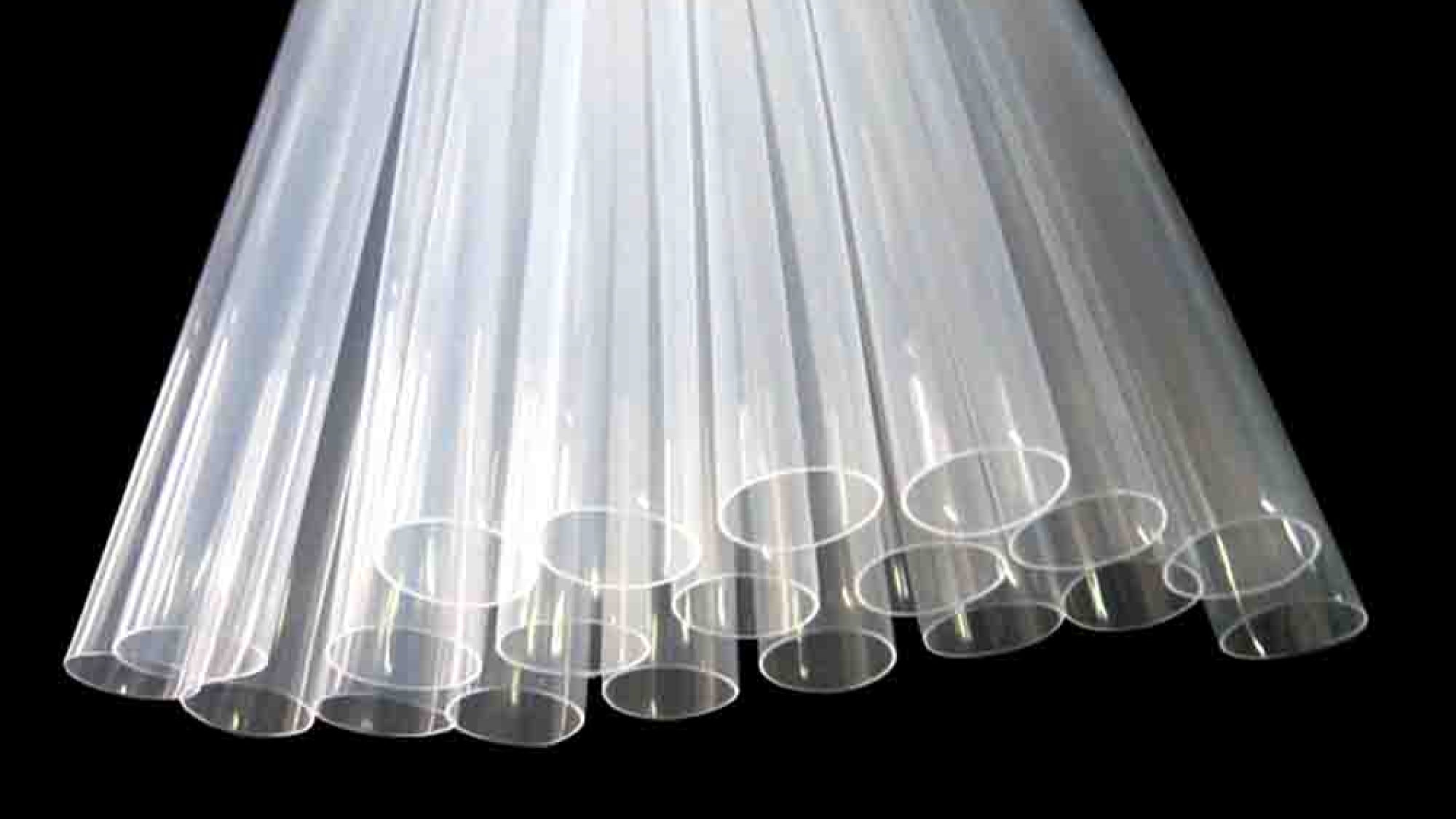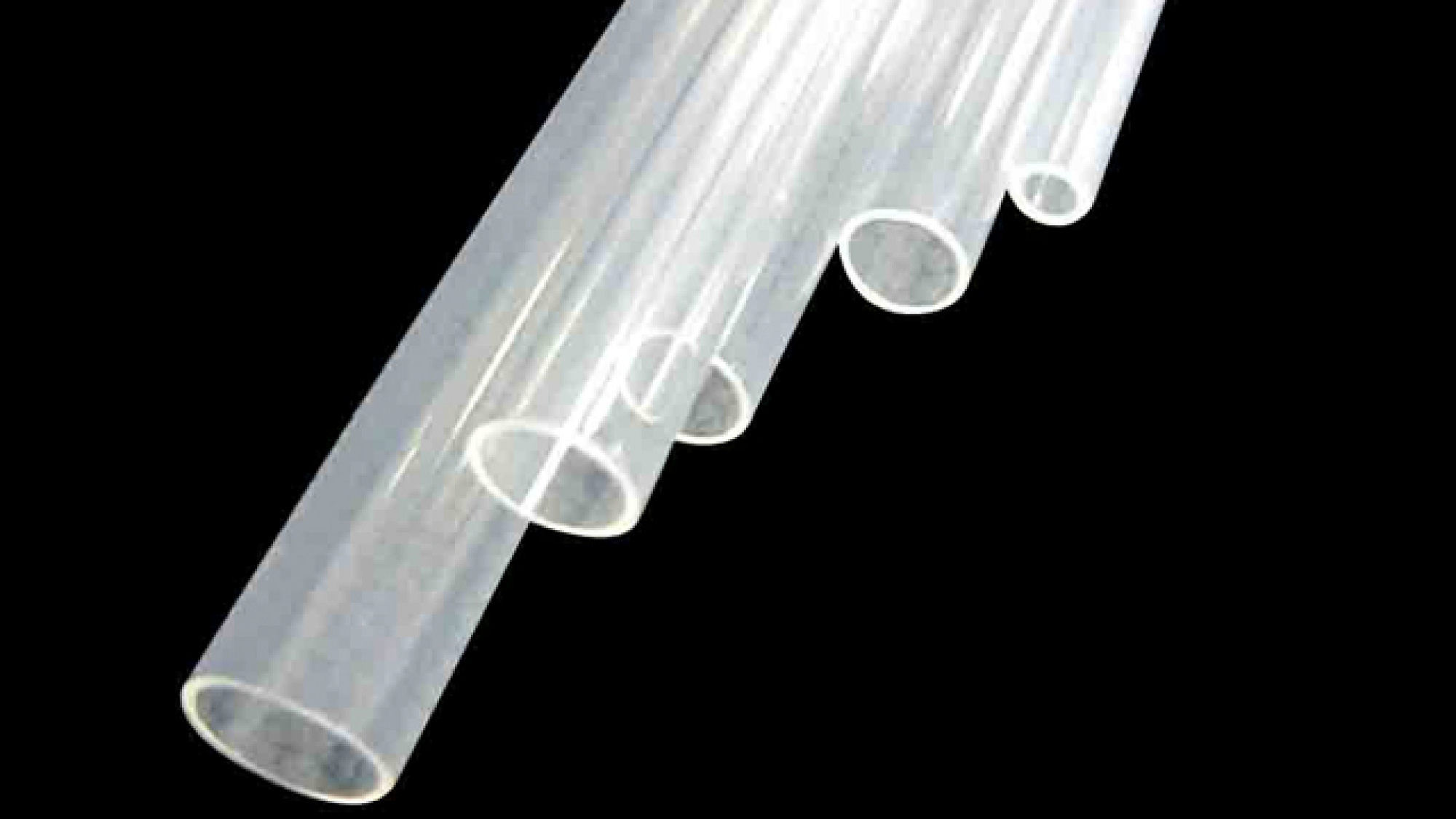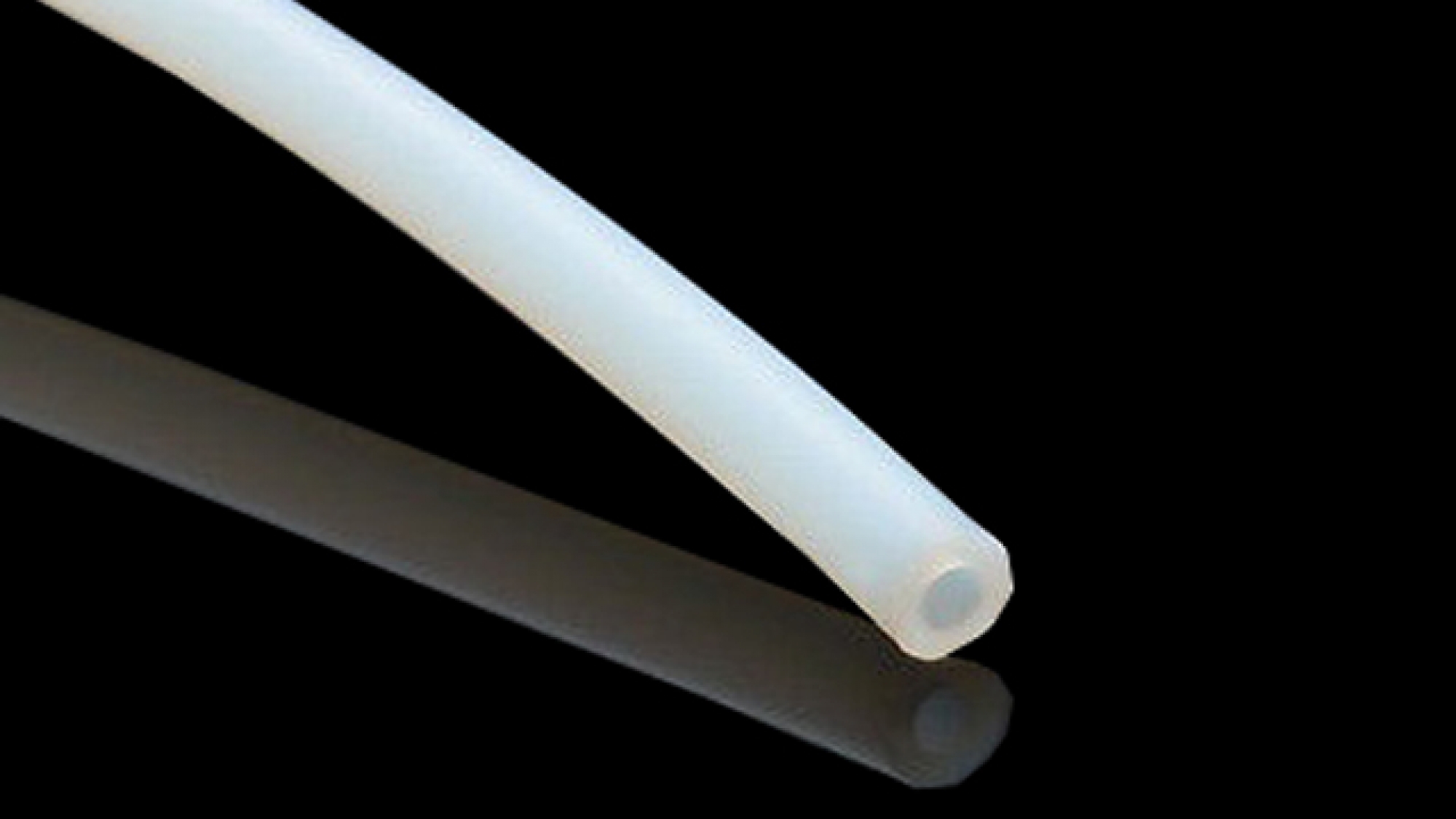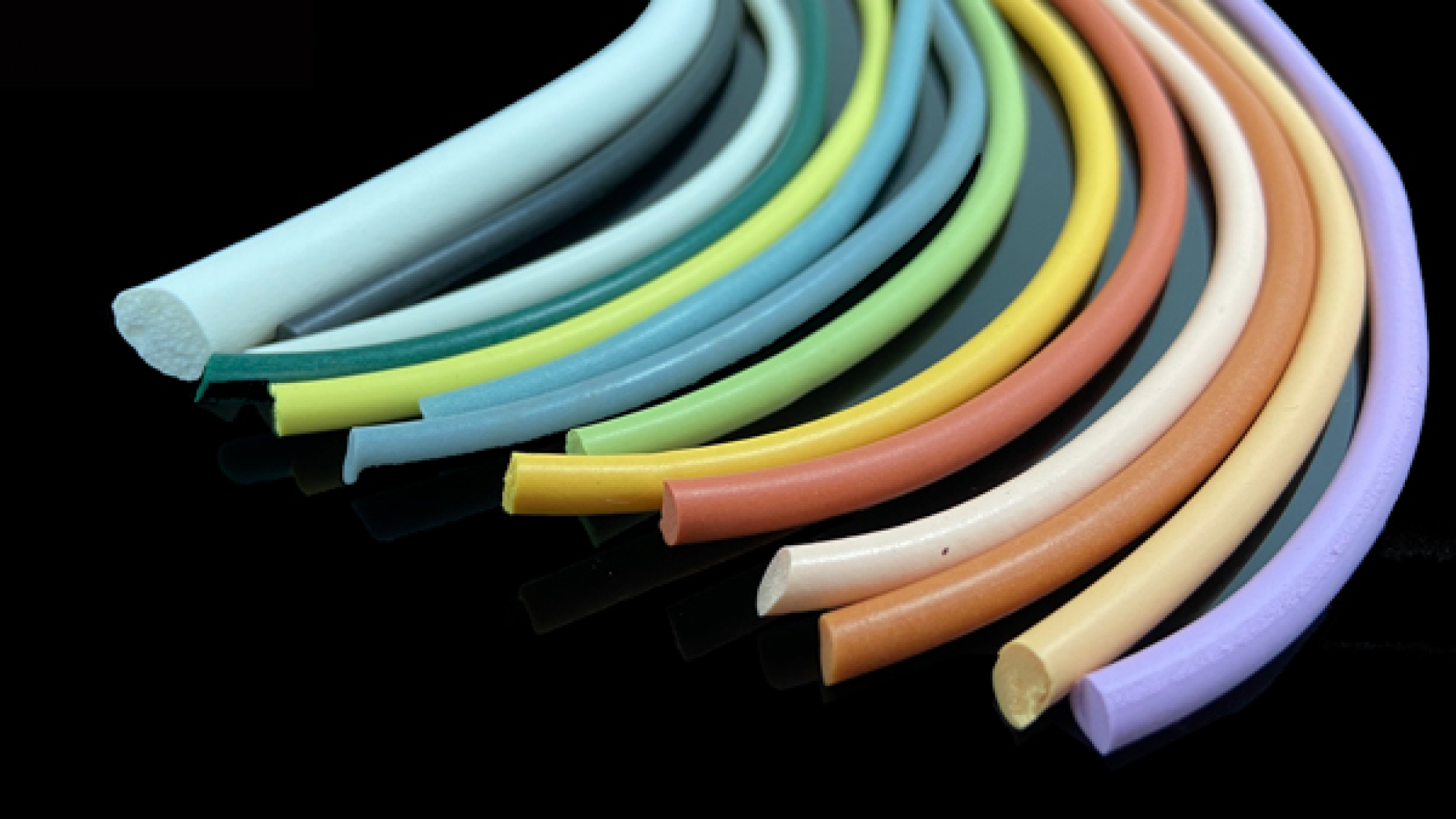Los tubos de FEP se utilizan en diversas aplicaciones, desde equipos de monitoreo ambiental hasta aplicaciones médicas y aplicaciones electrónicas. Nuestra empresa produce una variedad de tubos FEP que se pueden personalizar en tamaño.
característica:
alta transparencia
Índice de refracción bajo de todos los plásticos
Resistencia al clima
Exposición prolongada al ozono y la luz solar.
Fácil procesamiento secundario
Se puede sellar automáticamente, se puede soldar automáticamente, se puede girar, se puede enrollar en una bobina
utilizar:
Tubo de limpieza de 1 módulo de célula solar fotovoltaica
2- Equipo de fabricación de semiconductores
3- Intercambiador de calor, tubería de vapor
4-Tubo de suministro de reactivo de alta pureza
5 tipos de tubería de medio corrosivo (solvente fuerte)
6- Importación y exportación de manguera flexible utilizada para la producción de sosa cáustica de membrana de intercambio iónico bipolar
Cubierta de cable y alambre de
7 frecuencias, tubo de aislamiento de ranura
8-utilizado para el conjunto de arnés de cableado de aire acondicionado
Paquete de 9 tubos de sellado de junta tórica de plástico
10-Características de utilización:
11- Resistencia a altas y bajas temperaturas -200 ~ 200 ℃,
12- Antiadherente, resistente al agua y al aceite
13-Sin ensuciamiento y estancamiento dentro y fuera de la pared de la tubería
14-Fiabilidad eléctrica y alto aislamiento
La constante dieléctrica de 15 a 60HZ-60MHZ a altas y bajas temperaturas es 2.1
16-Incluso si la superficie está rayada y dañada, no habrá rastros conductores.
Resistencia a la corrosión
17- Solo el flúor elemental y los metales alcalinos pueden usarse a altas temperaturas, no tiene efecto sobre todos los demás ácidos, álcalis y ésteres inorgánicos inorgánicos concentrados y diluidos.
18 · –Baja absorción
Tasa de absorción baja <0.01%
19-incombustible
20- No arde en el aire. (Índice de oxígeno> 95% vol.)















